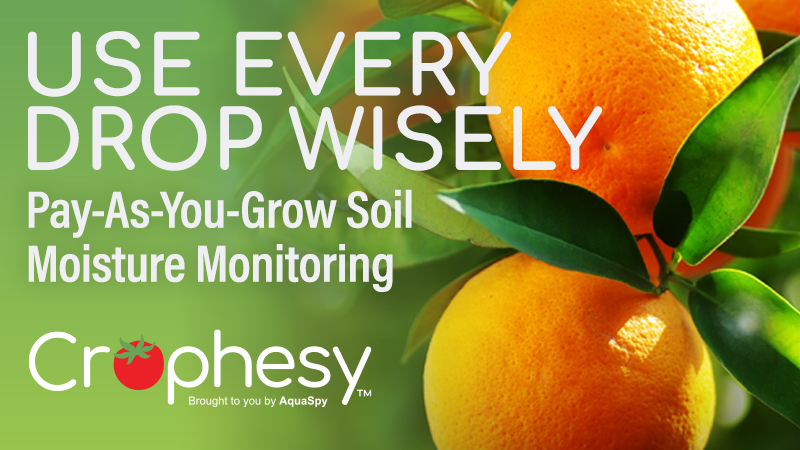Can You Dig It? Citrus Soil Health Study Gets $500K in Backing
A team of University of Florida researchers is on a mission to find out how quickly soil health can change in the state’s sandy soils and how specific changes in soil health might impact yield of citrus and other subtropical fruit trees. USDA’s National Institute of Food and Agriculture is funding the nearly $500,000, four-year project.
“Our goal is to help producers by finding out what cover crops do to soil health in Florida groves,” says Sarah Strauss, Assistant Professor of soil microbiology in the UF/IFAS Soil and Water Sciences Department and the lead investigator on the grant project. “While there’s a lot of interest in soil health right now, much of the research and metrics for assessing it are not based on subtropical sandy soils like we have in Florida. In order to determine if soil health is improving, growers need to know what the best parameters are to measure. That includes determining which indicators are the most useful for monitoring the soil health of tree crops.”
Strauss and her team want to know what indicators can be measured only once a year or more frequently that might show progress even if yield hasn’t changed yet.
The team will first measure soil physical, biochemical, and microbial parameters involved in carbon, nitrogen, and phosphorus cycling at two Florida citrus groves, according to UF/IFAS. This will provide a detailed assessment of the changes to the soil environment and microbial groups with cover crops. After measuring cover crop impacts on soil in the groves, scientists will see which soil health indicators can carry over to the non-citrus setting. They also will share Florida-specific information with producers.
“In vegetable or row crop systems, cover crops are planted during the fallow season for a few months and then the cash crop will be planted in the same field. That’s not the case for a tree crop, and in Florida, we can keep cover crops growing in the middle of rows between the trees all year,” Strauss adds. “So, metrics for how quickly things change in the soils for a tree with cover crops may be very different than in a vegetable or cotton field.”
Strauss says they also will compare results with some commercial soil tests to see how indicators relate to what is currently commercially available. Many commercial tests may not provide suggestions or recommendations specific to tree crops.
Strauss says, ultimately, the study will provide a list of meaningful soil health indicators that Florida producers can use to meet their unique needs in subtropical tree fruit systems. “Growing crops in Florida’s sandy soils is challenging, so if we can give producers an efficient, useful management tool, we want to do that.”









